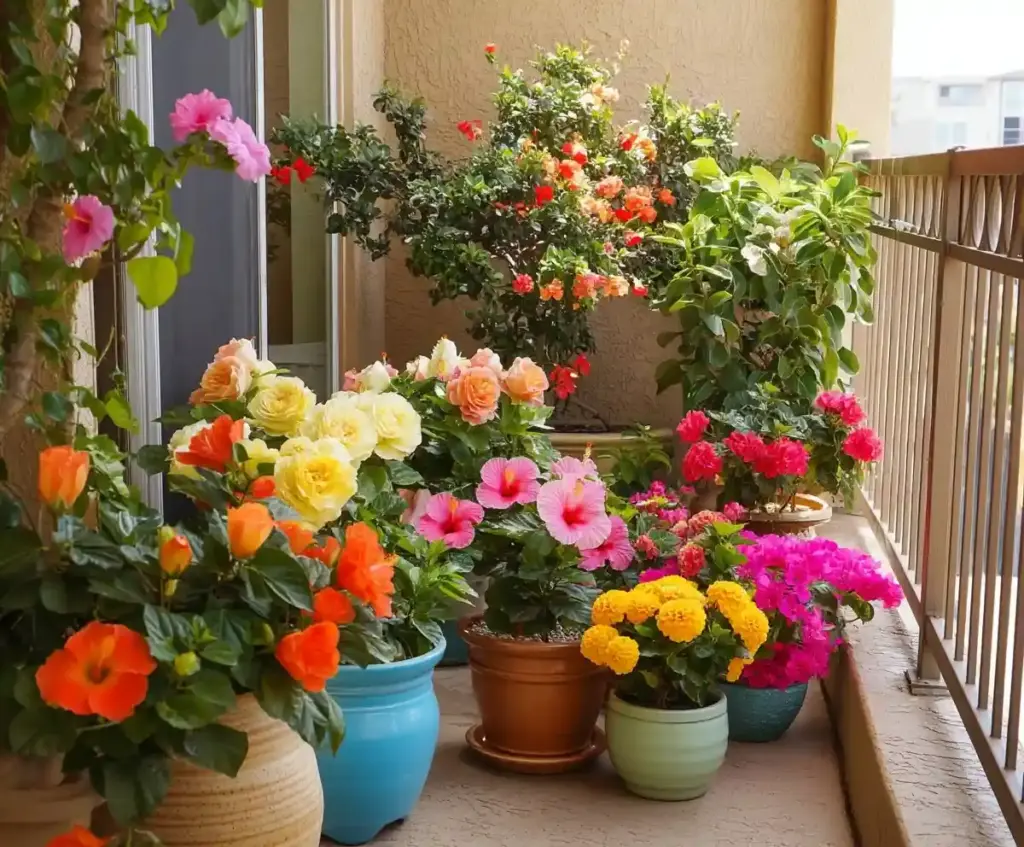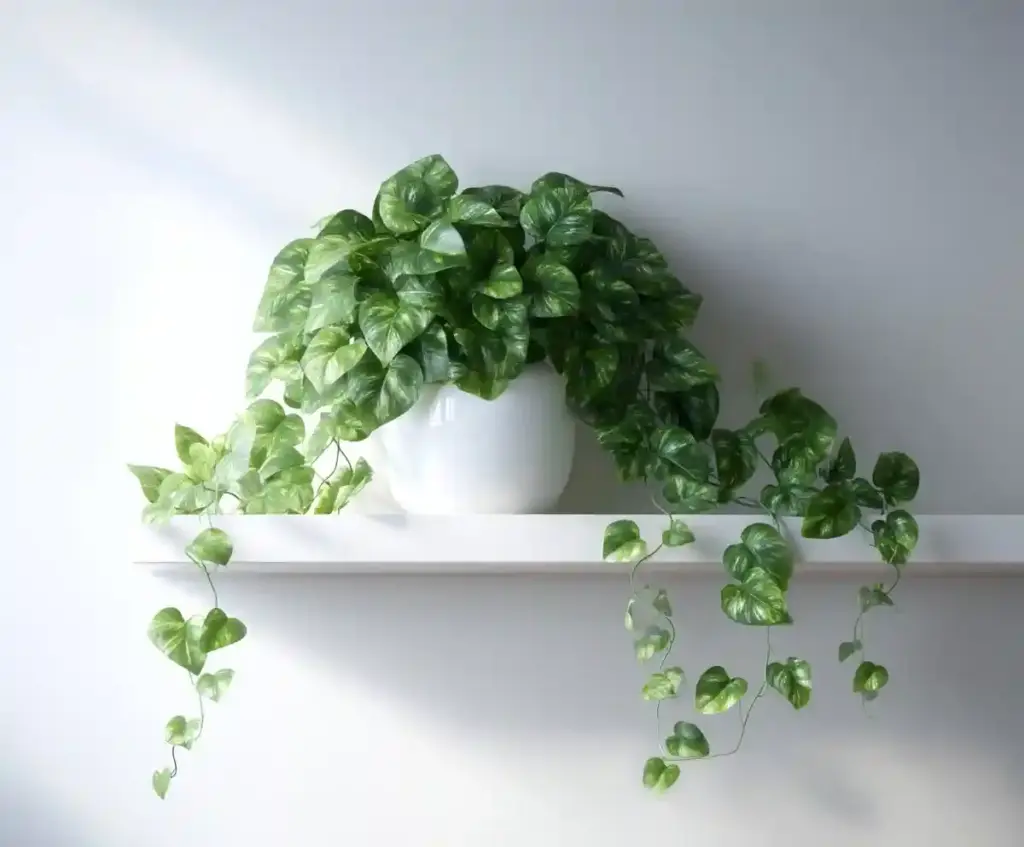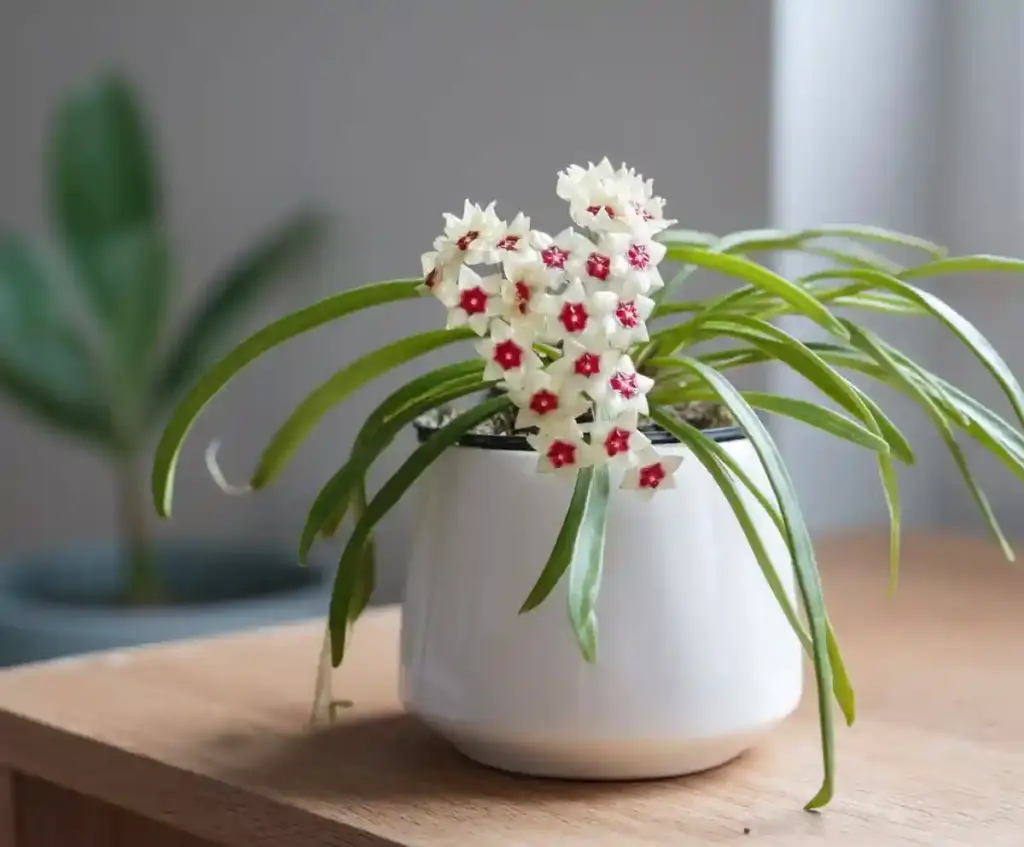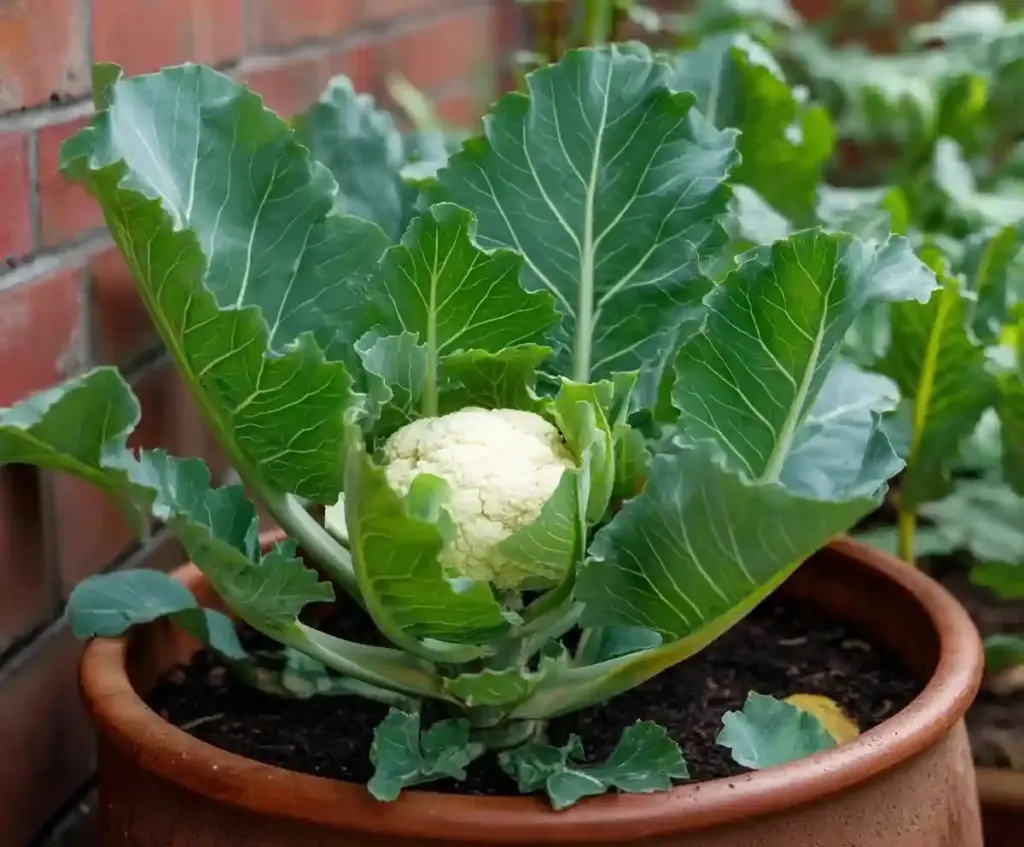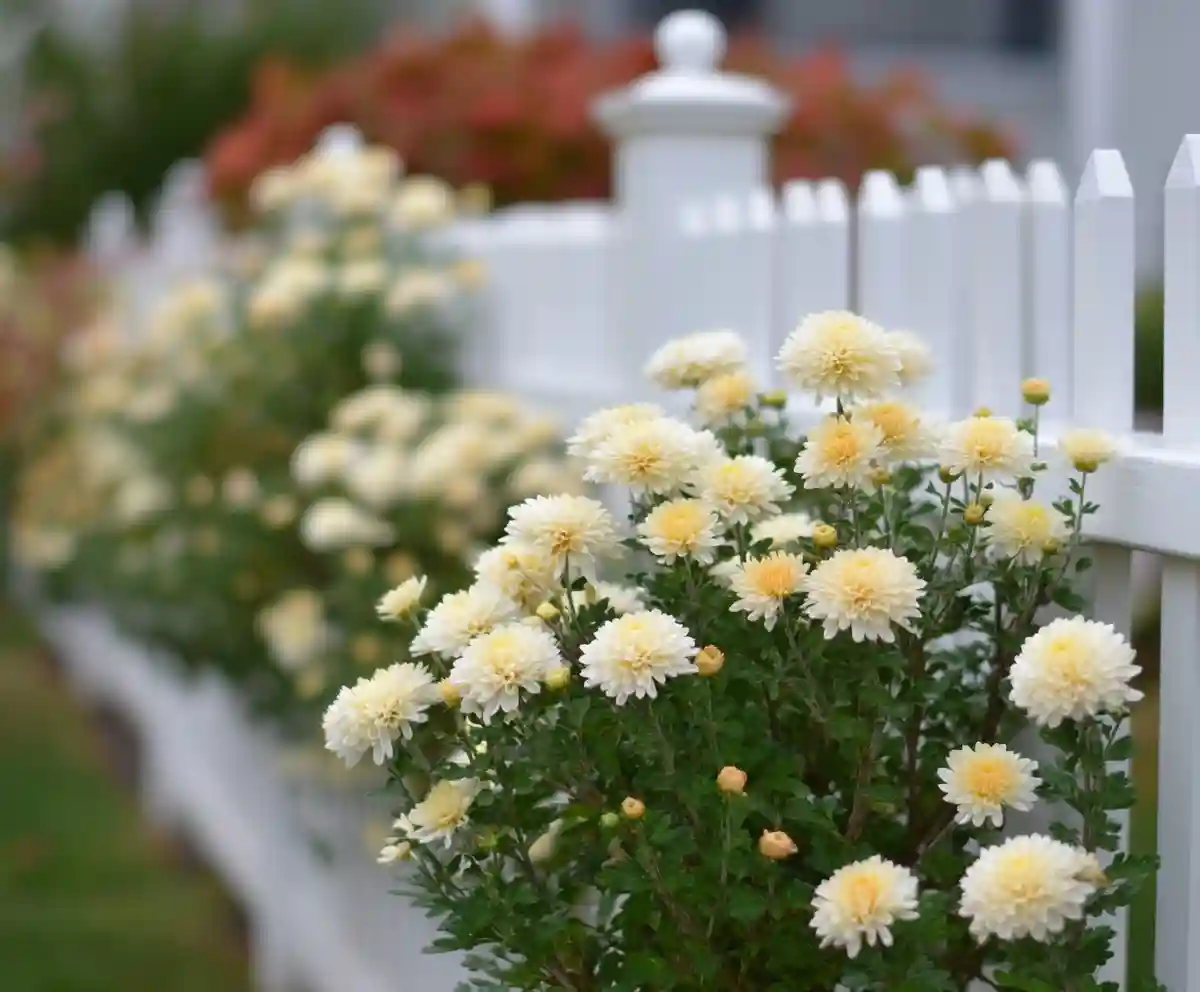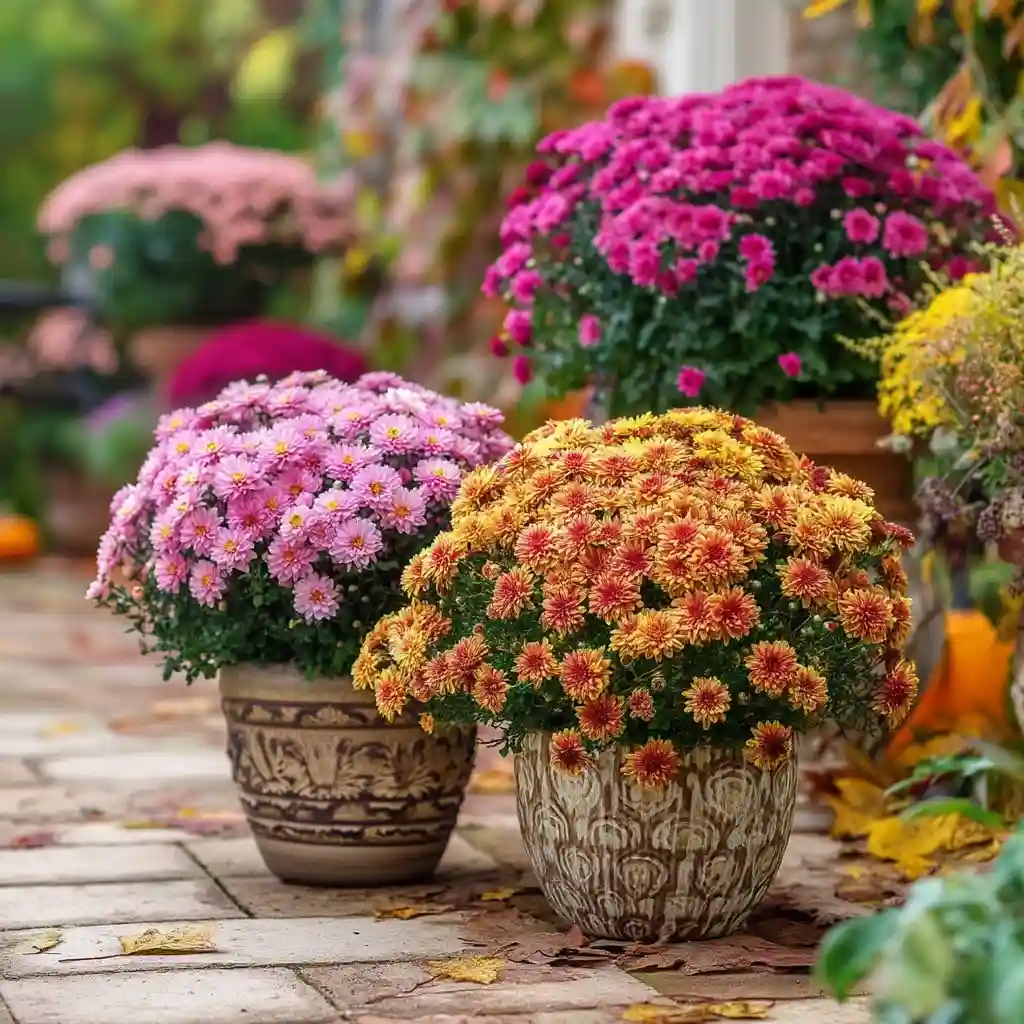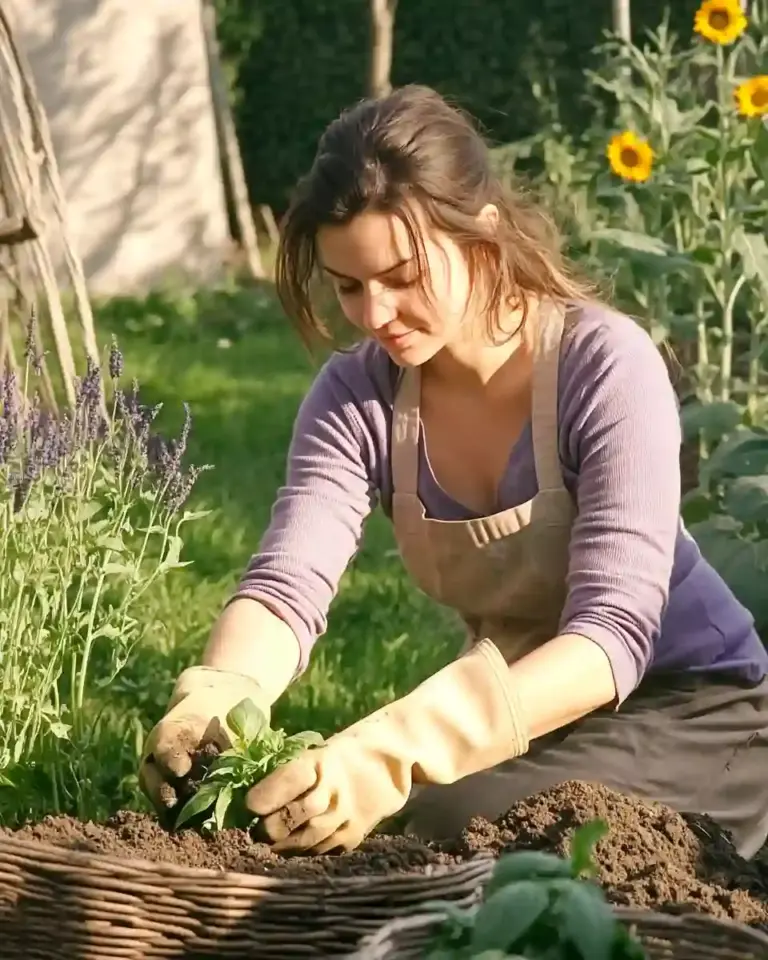How to care for mums is one of the most common questions gardeners ask each fall—and with good reason. These colorful, cheerful blooms brighten up gardens, porches, and patios just when most summer flowers begin to fade. But while mums are easy to find at nurseries and grocery stores, keeping them healthy and blooming for weeks—or even years—requires more than just plopping them in a pot.
Whether you’re growing florist mums in containers or planting hardy garden mums in your landscape, this guide will show you everything you need to know to keep them thriving. From proper planting and watering to pruning and overwintering, you’ll learn how to care for mums so they reward you with vibrant color all season long.
Table of Contents
Are Mums Perennials or Annuals?
If you’ve ever been confused about whether mums are perennials or annuals, you’re not alone. The answer depends on the type of mum you buy—and how you care for it.
There are two main types of chrysanthemums: florist mums and garden mums. While both belong to the Chrysanthemum genus, they behave very differently in the garden.
- Florist mums (also called cutting mums) are typically sold in pots for seasonal display. These are bred for showy blooms and are often grown in greenhouses. Unfortunately, they have shallow root systems and rarely survive a cold winter outdoors. In most cases, they’re treated as annuals and discarded after blooming.
- Garden mums (also known as hardy mums) are bred to handle life outdoors. When planted in the spring, they have time to develop strong roots and can return year after year in USDA Zones 5–9. However, even hardy mums may not make it through winter if planted too late in the season or grown in poor-draining soil.
Quick Tip:
To give your mums the best shot at returning next year, always choose garden mums and plant them in the spring, not fall.
How to Care for Mums in Pots
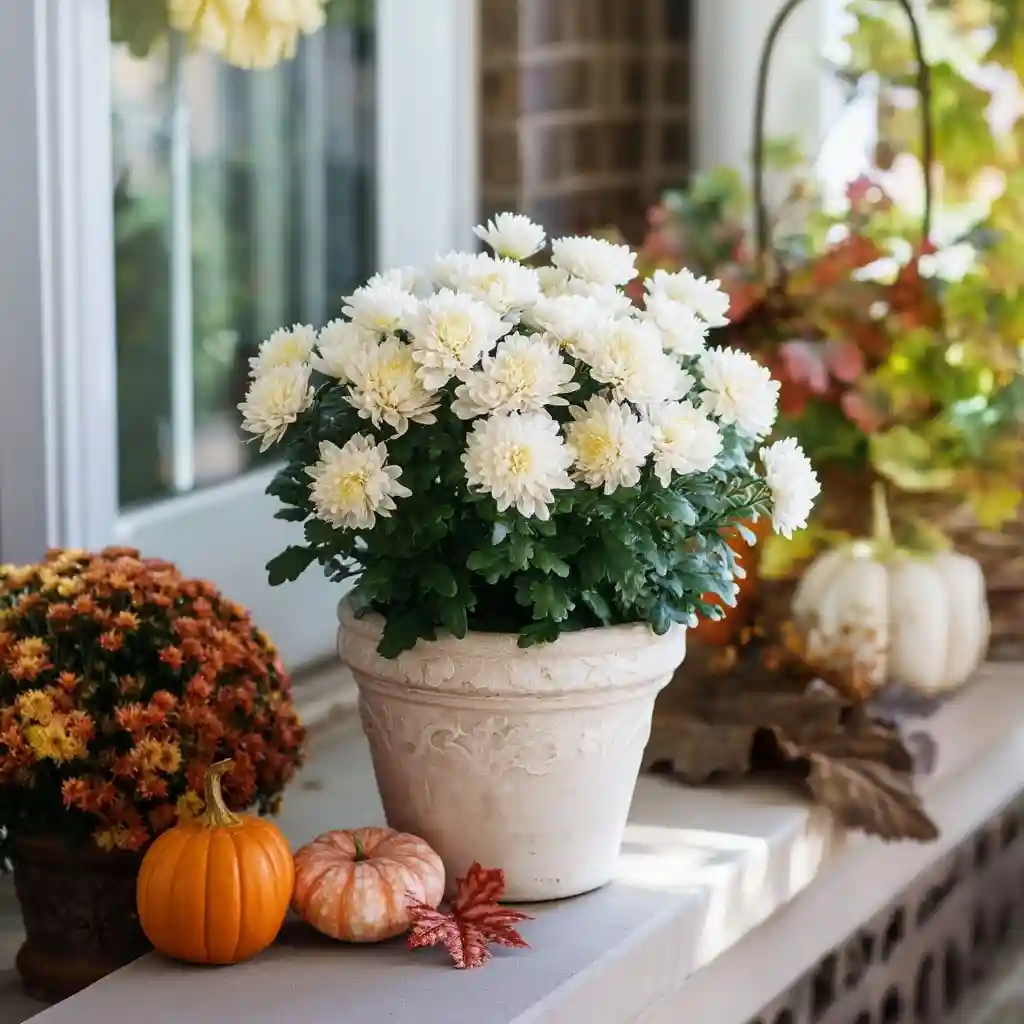
Potted mums are a classic fall favorite, often found on porches, patios, and window boxes. Whether you’re decorating with florist mums or hardy varieties, knowing how to care for mums in containers will keep them blooming longer.
Choose the Right Plant
When buying mums in pots, pick a plant with tight, unopened buds rather than one in full bloom. This gives you more time to enjoy the flowers and helps reduce transplant shock during repotting.
Placement Matters
Avoid placing potted mums outside while it’s still hot—these cool-weather plants struggle in summer heat. Wait until temperatures begin to drop in early fall for best results. Choose a spot that gets at least 6 hours of sunlight each day to encourage lush, full blooms.
Keep Them Cool and Watered
Mums in containers dry out quickly, especially in sunny locations or when it’s windy. Always use containers with drainage holes, and water regularly to prevent wilting. Potted mums can bloom for 4 to 6 weeks when cared for properly.
Repotting Florist Mums
One of the best things you can do after bringing home potted mums is to repot them immediately. Most florist mums are sold in tight nursery containers, and their roots are often packed in a dense ball that limits water absorption and growth.
Steps to Repot Your Mums:
- Gently remove the plant from its nursery pot. If the roots are compacted, carefully loosen them with your fingers.
- Choose a new container that’s 1–2 inches wider than the original and has good drainage.
- Use a fresh, high-quality potting mix, preferably one that drains well and retains some moisture.
- Set the plant so it sits at the same soil level as before, and backfill with soil, gently pressing around the base.
- Water thoroughly after repotting to help the roots settle into their new home.
Repotting gives your mums a better chance to flourish, especially if you plan to display them outdoors for several weeks. It also helps maintain healthy blooms and keeps the soil from drying out too quickly.
Watering Mums

Consistent watering is key when learning how to care for mums. These plants don’t tolerate dry soil well, especially when grown in containers or during hot, windy days.
How Often Should You Water?
- After repotting: Give your mums a deep soak to help them adjust.
- Ongoing care: Water every other day, or daily if the weather is dry and sunny. Always check the soil—if the top inch feels dry, it’s time to water.
- Avoid letting them wilt. While mums often bounce back after a dry spell, repeated wilting shortens their bloom time and fades the flowers.
Tips for Watering Success:
- Water at the base of the plant to keep foliage dry and reduce the risk of fungal diseases.
- Use containers with drainage holes to prevent soggy roots.
- In garden beds, aim for about 1 inch of water per week, either from rain or irrigation.
Healthy mums will reward you with bigger, brighter blooms—and proper watering makes all the difference.
Decorating with Mums
Mums are a fall decorating staple thanks to their bold colors and mounded shape. Whether you’re dressing up your front porch or adding life to a flower bed, knowing how to care for mums can help them stay beautiful through the entire season.
Porch & Patio Displays
- Arrange mums in groups of three or more at varying heights using plant stands, crates, or steps.
- Pair them with other autumn favorites like pumpkins, gourds, and ornamental kale.
- Choose warm tones—orange, bronze, yellow, and cream—for classic fall vibes, or go bold with lavender, burgundy, or white for contrast against evergreens.
In the Landscape
Hardy mums make excellent additions to fall gardens. Plant them in clusters of the same color for visual impact from a distance, or create a gradient effect using related hues.
For longer-lasting displays, stagger bloom times by choosing early-, mid-, and late-season varieties suited to your region.
By blending color, height, and texture, you can make mums the highlight of your autumn décor—while enjoying blooms that last for weeks.
When to Plant Mums in the Garden

If you’re planning to enjoy mums as perennials, timing is everything. One of the most common mistakes gardeners make is planting mums in the fall—right when they’re in full bloom. Unfortunately, that’s often too late for them to establish strong roots before winter.
Best Time to Plant
- Spring is the ideal season to plant garden mums.
- Planting in spring gives them a full growing season to develop a healthy root system, making them far more likely to survive the winter and rebloom next fall.
- While it’s tempting to plant blooming mums in autumn, they’re usually treated as temporary décor—especially florist mums, which aren’t bred for cold tolerance.
A Note on Fall-Planted Mums
If you do plant in the fall, treat them as annuals unless you live in a mild climate (Zone 7 or higher) and can provide excellent drainage and winter protection. But for reliable long-term performance, spring planting is the way to go.
How to Plant Mums
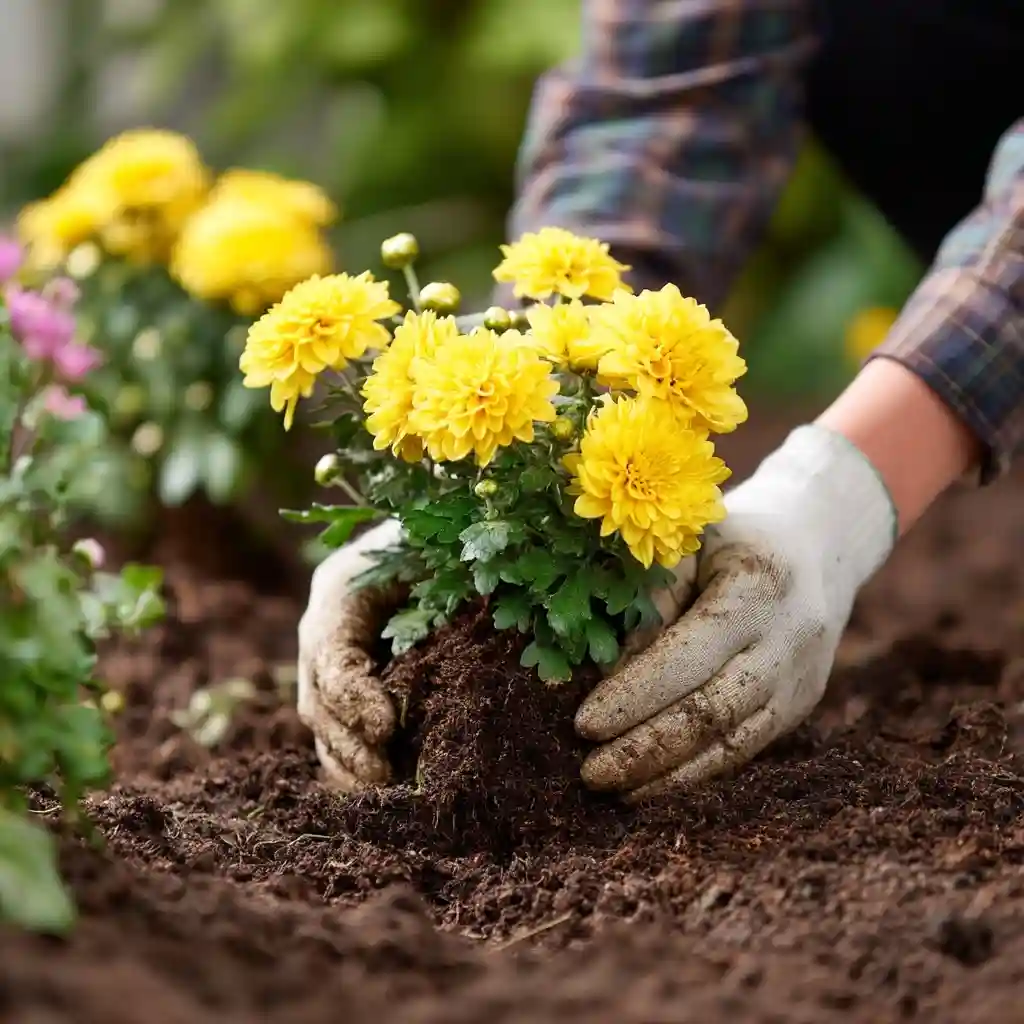
Proper planting is just as important as timing when it comes to how to care for mums. Whether you’re working with garden beds or containers, creating the right environment will help your mums thrive season after season.
🌞 Sunlight
Mums need full sun to produce abundant blooms. Choose a location that receives at least 6 hours of direct sunlight daily. In shadier spots, mums tend to become leggy and produce fewer flowers, making the display far less impressive.
🌱 Soil
These plants prefer well-draining soil. Poor drainage can lead to root rot, especially during rainy fall weather or winter dormancy.
- Amend heavy soil with compost or sand to improve texture.
- For containers or raised beds, use a lightweight garden mix designed to drain quickly while retaining moisture.
💧 Water
Consistent moisture is crucial, especially when mums are newly planted.
- Water thoroughly after planting.
- Once established, provide about 1 inch of water per week.
- If the lower leaves start to droop or turn brown, it’s a sign they need more frequent watering.
Avoid wetting the foliage, as it increases the risk of fungal diseases. A soaker hose or watering at the base is best.
🌿 Fertilizer
Feed garden mums planted in spring with a balanced or phosphorus-rich fertilizer (like 5-10-10) every few weeks until late summer. This encourages strong root development and sets the stage for a vibrant fall bloom.
Do not fertilize florist mums planted in the fall—they’re usually intended for short-term display and won’t benefit from added nutrients.
How to Winterize Garden Mums
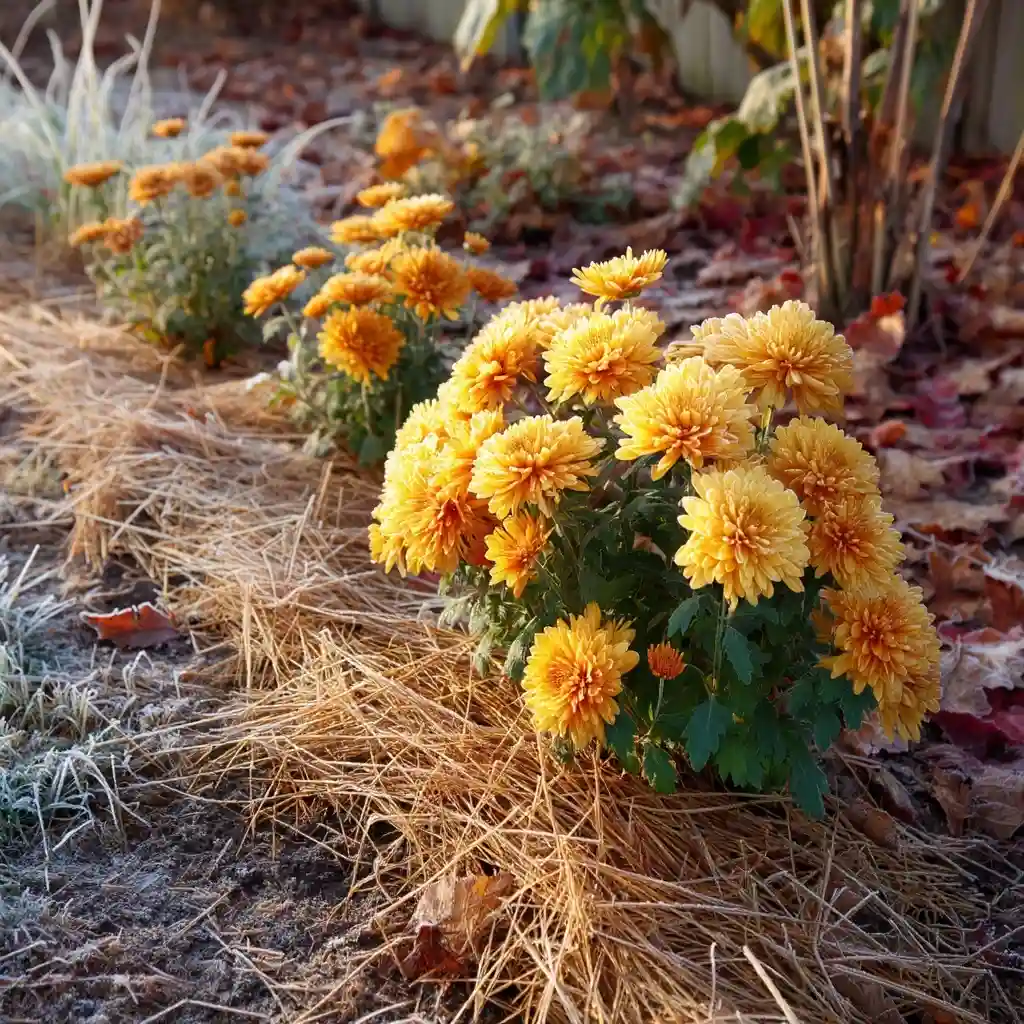
Even hardy mums need a little help getting through winter—especially in colder climates. Knowing how to care for mums through the colder months can make the difference between losing your plants or enjoying them again next fall.
Wait for a Hard Frost
Begin winter prep after the first hard frost, when the plants have naturally begun to go dormant. This allows them to store energy in their roots before going to sleep for the season.
Mulch for Insulation
- Apply 2–4 inches of mulch (like shredded bark, straw, or leaves) around the base of each plant.
- Mulch helps insulate the shallow root system from temperature swings and protects it from freeze-thaw cycles.
Don’t Prune Yet
Resist the urge to cut mums back in the fall. Leaving the dead stems in place provides extra insulation and protects the crown of the plant.
- Wait until early spring to prune dead growth.
- As new green shoots appear, gently pull back mulch and remove old stems.
Cold Climate Tip
If you live in Zone 5 or colder, even hardy mums may struggle outdoors. Consider digging up a few favorites and overwintering them in pots indoors in a cool, dark space like an unheated garage.
Pinching Mums
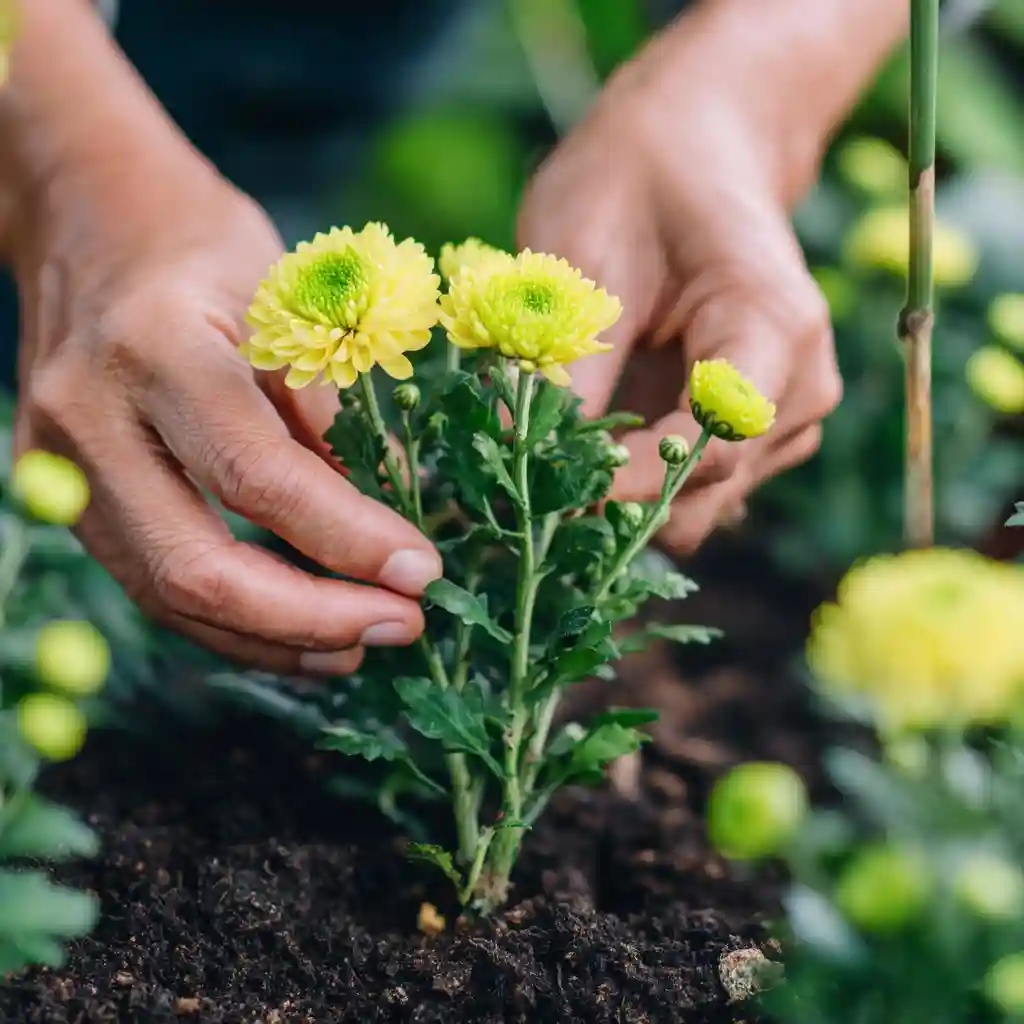
If you want mums with that classic full, rounded shape and a profusion of blooms, pinching is the secret. This simple pruning method encourages dense growth and more flower buds—especially for mums planted in the spring.
What Is Pinching?
Pinching means removing the top inch or two of new stems using your fingers or garden snips. Each pinched stem will branch into two, creating a fuller, bushier plant.
When to Start Pinching
- Begin when the plant reaches about 6 inches tall.
- Continue pinching every 2 to 4 weeks until early to mid-July.
- Stop pinching after July 15 to give flower buds time to form before fall.
Why It Matters
- Without pinching, mums tend to grow tall and leggy with fewer blooms.
- Pinched plants stay compact and dome-shaped, making them ideal for borders, containers, and mass plantings.
Skip This Step for Florist Mums
Florist mums bought in fall have already been pinched and shaped by growers, so you don’t need to do anything but enjoy the flowers.
Types of Mums
One of the most exciting parts of learning how to care for mums is discovering the variety of shapes, colors, and forms they come in. Chrysanthemums aren’t just one-size-fits-all—they’re available in dozens of distinct styles that can add texture and personality to your fall garden.
Here are some of the most popular types of mums to consider:
Decorative Mums
Also known as incurve or reflex mums, these have large, densely petaled blooms that either curve inward or outward from the center.
- Incurve: Petals curl up and inward, creating a ball-shaped bloom.
- Reflex: Petals curve outward, giving a more open look.
Popular varieties:
- ‘Coral Charm’ – vibrant pinks and peaches
- ‘Fireflash’ – bright orange and yellow hues
Pom Pom Mums
These compact, globe-shaped mums are sometimes called button mums due to their small, rounded flower heads.
- Dense layers of short petals make them look soft and fluffy.
- Excellent for borders and small containers.
Common types:
- ‘Tinkerbell’
- ‘Ruby Mound’
- ‘West Point’
Single & Semidouble Mums
These resemble daisies, with one or two rows of petals surrounding a visible center disk.
- Single mums have a single row of petals.
- Semidouble mums have two or three rows for a fuller look.
Best for: Casual gardens and fence lines.
Top picks:
- ‘Single Apricot Korean’ – soft peach hues
- ‘Crimson Glory’ – deep, rich reds
Spoon Mums
True to their name, spoon mums feature spoon-shaped petals that widen at the tips.
- Unique look that stands out in mixed plantings.
- Smaller blooms, about 4 inches wide.
Favorite variety:
- ‘Kimie’ – golden yellow petals with a tight central disk
Quilled Mums
These mums have long, tubular petals that give them a spiky, starburst effect.
- Eye-catching and modern in appearance.
- Often used in cut flower arrangements.
Popular types:
- ‘Mammoth Yellow Quill’ – vivid yellow spikes
- ‘Seatons Toffee’ – dramatic red-orange tones
Anemone Mums
These flowers feature flat outer petals and a raised, cushion-like center of disk florets.
- Smaller blooms, usually around 4 inches.
- Great for garden borders or compact displays.
Top choices:
- ‘Dorothy Mechen’ – soft lavender with a dark center
- ‘Adrienne Mechen’ – pink-to-white gradient petals
Spider Mums
These exotic-looking mums have long, thin petals that resemble spider legs.
- Great for adding drama and texture to arrangements.
- Available in bold fall colors like orange, yellow, and deep red.
Well-known varieties:
- ‘Western Voodoo’ – orange and yellow mix
- ‘Yellow Rayonnante’ – curly yellow petals
Frequently Asked Questions
Even seasoned gardeners have questions when it comes to how to care for mums. Here are answers to some of the most common ones:
🌿 Are mums deer resistant?
Mums are generally not a favorite food for deer, thanks to their strong scent and slightly bitter taste. However, a very hungry deer may still nibble on them if other food sources are scarce. To protect your plants, use a deer repellent spray or plant mums near other deer-resistant varieties like ornamental grasses or lavender.
🌱 Do mums need to be divided?
Yes—if you’re growing garden mums as perennials, plan to divide them every 2–3 years. Over time, the center of the plant becomes woody and less productive.
How to divide mums:
- Wait until spring, after the last frost and when new growth appears.
- Dig up the entire plant and separate the outer sections from the woody center using a clean garden knife or spade.
- Replant the healthy outer divisions in refreshed soil.
This keeps the plants vigorous and ensures a fuller bloom each fall.
🌼 What plants pair well with mums?
Mums look best when paired with plants that contrast their color and texture. Great companions include:
- Ornamental grasses – add height and motion
- Sedum – complements mums with its late-season color
- Pumpkins and gourds – perfect for autumn-themed displays
- Conifers and evergreen shrubs – provide a green backdrop to make blooms pop
These combinations help your mums stand out while extending your garden’s seasonal appeal.
Conclusion
Knowing how to care for mums is the key to enjoying their colorful blooms throughout the fall—and even for years to come. Whether you’re placing florist mums on your porch or growing hardy garden mums in your landscape, a little attention goes a long way.
From choosing the right variety and planting at the right time, to watering, pinching, and winter protection, these cheerful plants will reward your efforts with vibrant flowers just when your garden needs a boost.
Stick to the basics, give your mums the care they deserve, and you’ll be greeted with beautiful blooms season after season.
🌿 Love gardening inspiration? Follow me on Pinterest for bold plant ideas, tips, and seasonal color!
More Posts
